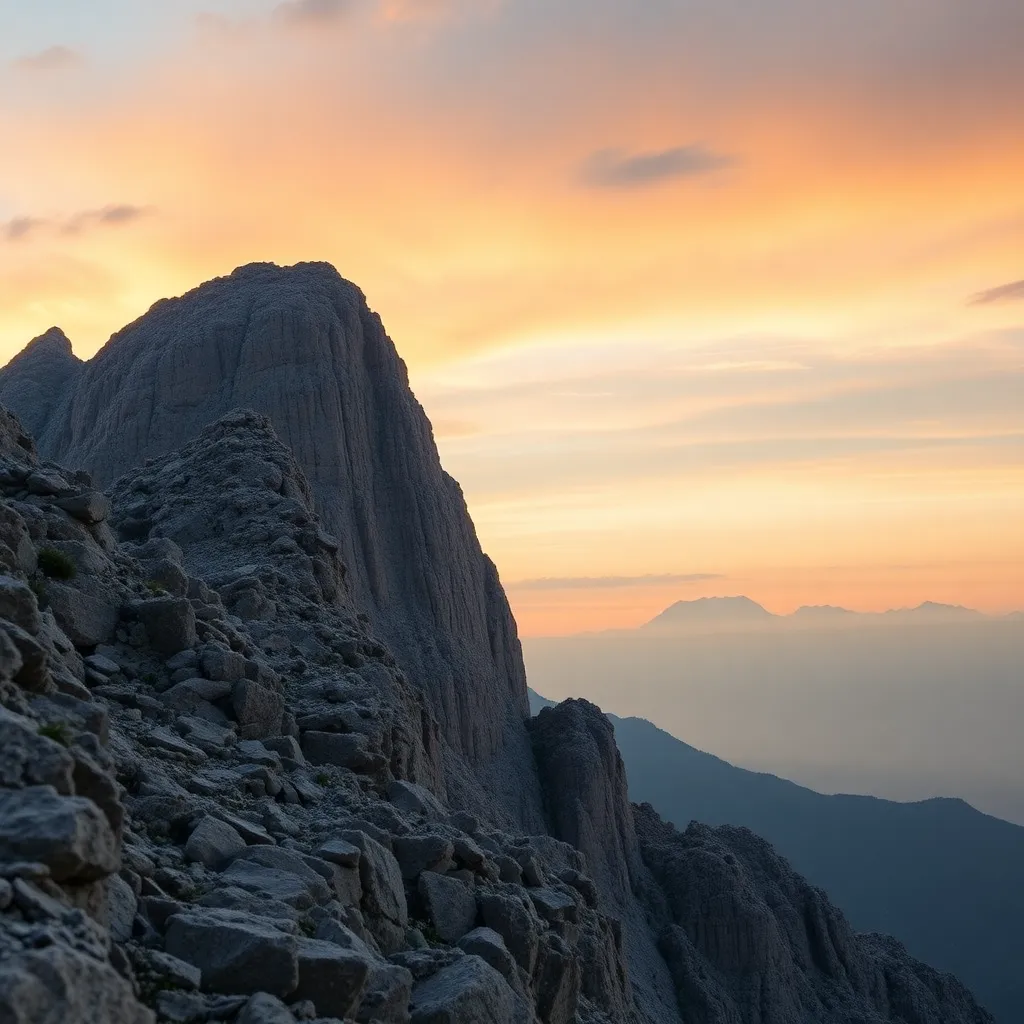The Climbers of Olympus: Modern Expeditions to the Mythical Mountain
I. Introduction
Mount Olympus, the legendary home of the Greek gods, has captivated the imagination of humankind for centuries. In mythology, it is depicted as a majestic mountain where deities such as Zeus, Hera, and Poseidon resided, overseeing the affairs of mortals from above. This ethereal setting is not just a backdrop for ancient tales; it holds a significant place in Greek culture and identity.
The allure of Mount Olympus extends beyond its mythological roots, drawing adventurers and climbers from around the world. Modern expeditions to Olympus serve not only as a tribute to its storied past but also as a way to connect with nature and explore the challenges posed by its rugged terrain.
II. Historical Context
Mount Olympus has been steeped in lore since antiquity. Ancient Greeks believed it was the dwelling place of the gods, a sacred space that symbolized divine power and authority. Stories of epic battles among the gods and heroic deeds of mortals unfold against its towering peaks.
In terms of exploration, early travelers chronicled their journeys, mapping the mountain and its surroundings. The first recorded ascent of Mount Olympus took place in the 19th century, marking the beginning of a new era of exploration and adventure.
As climbing techniques evolved, so too did the tools and equipment used by mountaineers. From rudimentary gear to advanced climbing technology, the evolution has made it possible for more people to tackle the challenges presented by Olympus.
III. The Geography of Olympus
Mount Olympus boasts a diverse and striking geography. It rises dramatically from the surrounding plains, reaching an elevation of 2,917 meters (9,570 feet) at its highest peak, Mytikas. The mountain is characterized by:
- Steep cliffs and rugged ridges
- Deep gorges and lush valleys
- Unique geological formations
The climate of Olympus can be unpredictable, with dramatic shifts that can affect climbing conditions. Generally, the weather is characterized by:
- Cold winters with heavy snowfall
- Cool summers with occasional thunderstorms
- Seasonal changes that can impact flora and fauna
This rich biodiversity includes rare species of plants and animals, many of which are endemic to the region, making Olympus not only a climbing destination but also a site of ecological importance.
IV. Modern Climbing Techniques
Advancements in climbing equipment have significantly improved safety and accessibility for climbers. Modern gear includes:
- Lightweight climbing shoes with enhanced grip
- High-strength ropes and harnesses
- Weather-resistant clothing and gear
Preparation is crucial for a successful expedition. Climbers often undergo extensive training to build endurance and technical skills necessary for tackling challenging routes. This preparation includes:
- Physical conditioning through hiking and endurance training
- Studying climbing techniques and safety protocols
- Acclimatizing to altitude to prevent altitude sickness
Despite advancements, climbers still face numerous challenges, such as sudden weather changes, difficult terrains, and the risk of altitude-related illnesses.
V. Notable Expeditions
Recent years have seen a surge in climbers attempting to summit Mount Olympus. Notable expeditions include:
- The 2018 ascent by a team of international climbers who sought to trace the routes of ancient legends.
- Solo climbs by adventurers aiming for personal milestones and spiritual connections.
Many climbers share personal stories of their motivations, ranging from a desire to connect with nature to a quest for self-discovery. Guided tours have also gained popularity, where local experts provide insights into both the physical and mythological significance of the mountain, enhancing the climbing experience.
VI. Cultural Significance Today
Today, Mount Olympus serves as a powerful symbol in modern culture. Its presence in literature, art, and media continues to inspire creativity, while the mountain’s allure attracts tourists and climbers alike.
The impact of tourism is significant, contributing to the local economy through climbing expeditions and related activities. However, this influx of visitors also raises concerns about environmental sustainability. Local communities are increasingly focused on:
- Implementing conservation practices to protect the ecosystem
- Promoting responsible tourism to minimize environmental impact
- Engaging visitors in preservation efforts
VII. The Spiritual Journey
For many climbers, the journey to the summit of Olympus transcends the physical challenge. The mountain holds a spiritual allure, drawing those seeking connection with the divine or personal transformation. Climbers often reflect on their experiences:
- The sense of accomplishment upon reaching the summit
- The introspection that comes with solitude in nature
- The connection to ancient myths and the stories of the gods
These reflections underscore the parallels between climbing and personal growth, where each step taken can symbolize overcoming obstacles in life.
VIII. Conclusion
Mount Olympus remains a significant site for modern climbing, merging the ancient with the contemporary. Expeditions to this mythical mountain are not just about reaching the peak but also about embracing the rich heritage and spiritual dimensions it offers.
As we look to the future, the continued exploration of Olympus will depend on a cultural appreciation of its history and the commitment to responsible exploration and conservation. Climbers and adventurers are encouraged to not only seek their own pathways to the summit but also to honor the mountain’s legacy and protect its natural beauty for generations to come.




